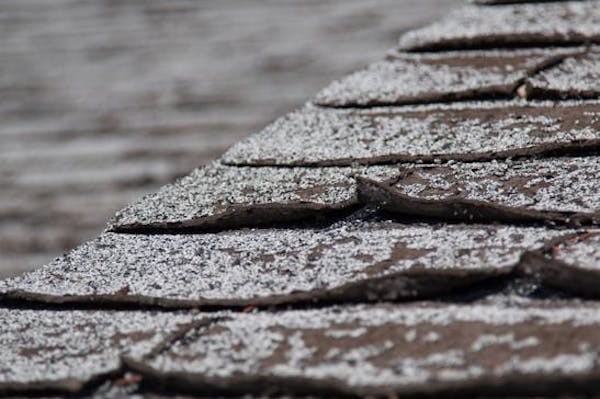Signs of Roofing Trouble
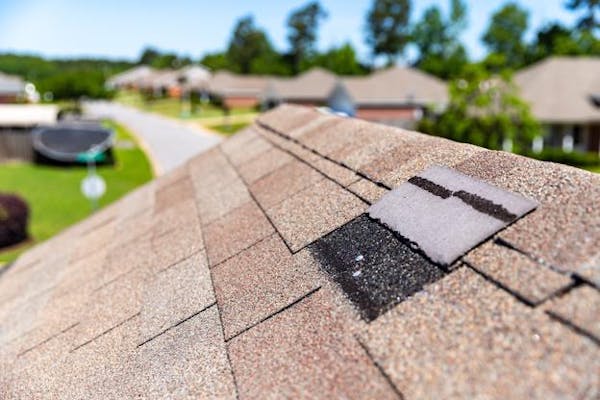
Missing shingles
I am sure you have walked around your neighbourhood after a severe windstorm and you have seen pieces of shingles strewn around. Shingles missing from your roof is a sure sign of roofing issues.
If you notice missing shingles on your roof you need to contact us as soon as possible because your roof is now very susceptible to leaks and the next rainstorm could be catastropic. Excessive damage to your ceilings and walls is imminent!
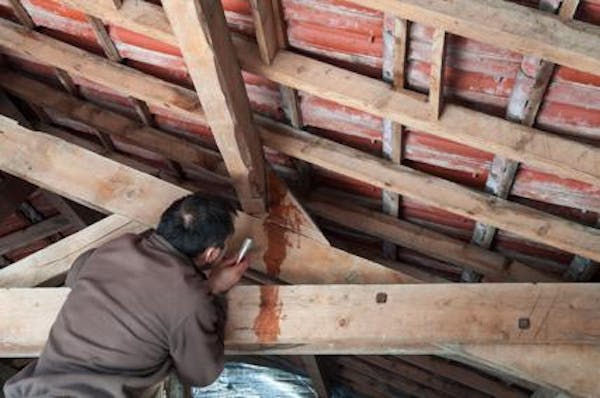
Leak in the Attic
One of the main tell tale signs of roof deterioration is a leak in your attic. You can easily tell by going into your attic after a storm with high wind-driven rain and checking the attic ceiling. If you see dampness, you need to address it asap, because delaying will only make matters worse AND cost more in the long run.
Another cause of a leak in your roof could be inadequate shingle underlayment or if the flashing (the aluminum or steel used over roof joints, like chimneys and pipes) has deteriorated. This could show up if you have ice dams on your roof.
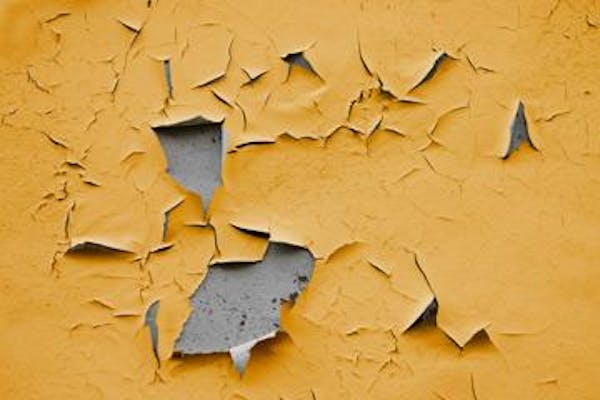
Blistering or peeling interior or exterior paint
Trapped moisture in the house due to excessive temperature or high humidity from poor attic ventilation can cause blistering or peeling interior or exterior paint. The air in the attic needs to flow freely from the soffit to the ridge to reduce humidity.
Make sure there is a vent in areas such as the kitchen or bathroom. Dryers should vent outside.
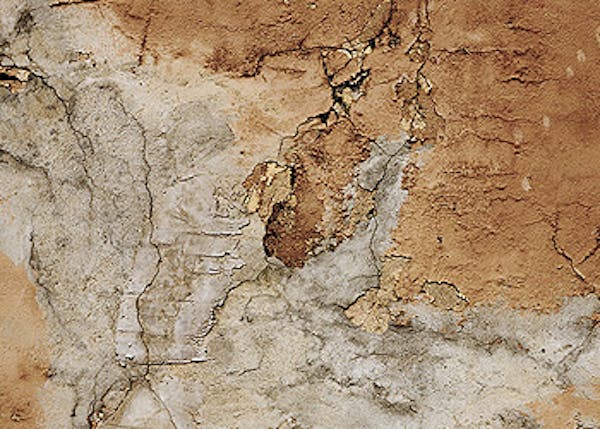
Exterior decay on sheathing, and/or siding
Poor attic ventilation is again a possible cause, but any condition that results in excess moisture can contribute to decay.
One way to combat the problem is to put a vapor barrier between the insulation and the inside of the house, which can reduce the amount of moisture that goes into a wall and help the moisture escape from the wall.
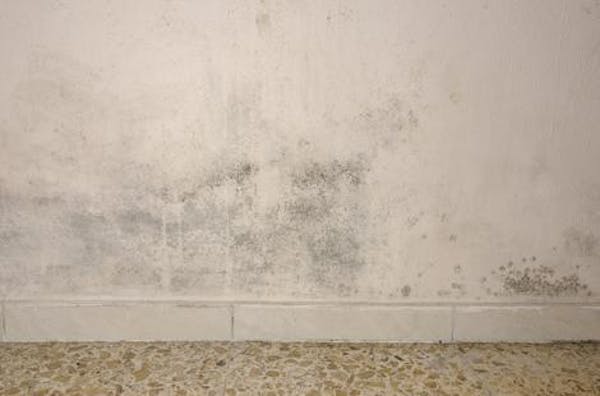
Stains on interior ceilings and walls
Stains on interior ceilings and walls usually means mold or mildew growth.
If you see stains or mold growth inside your home, it may be caused by:
1. inadequate or faulty shingle underlayment that is allowing water to seep into the house.
2. inadequate ventilation could also be the culprit, which causes excessive moisture— conditions in which mold and mildew thrive.

Excessive energy costs
A possible cause of higher cooling costs could be insufficient attic ventilation, requiring the cooling system to run excessively.
In warm weather, inadequate ventilation will trap hot air in the attic, causing air-conditioning systems to work harder, or leaving your home's interior hotter and less comfortable.
In both hot and cold weather, moisture in the attic can become trapped and condense on the rafters if it’s not insulated properly. This moisture can drip down onto the insulation and reduce its effectiveness, potentially increasing energy costs.
